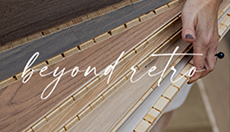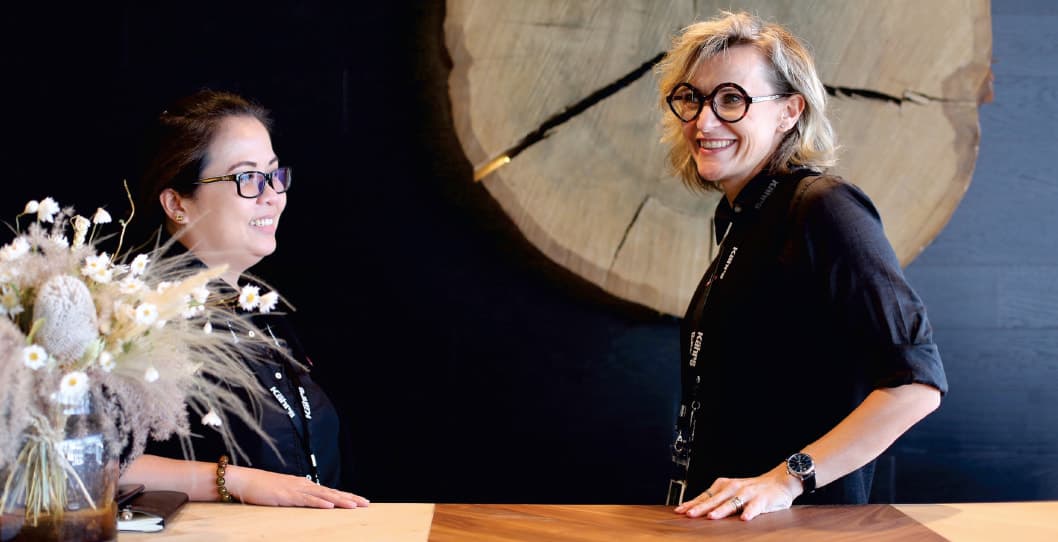A Guide To Surface Treatments For Your Exterior Wood Installations
August 17, 2020
Wood floors are the popular option for both exterior and interior installations as they provide a timeless look, which cannot be replicated by other flooring materials. They appear elegant, sophisticated and add an earthy feel to your spaces.
They are the top contenders in the flooring industry as you can find wood flooring to suit any interior design style. Parquet flooring has geometric patterns, which give a changing effect to the observer. Oakwood flooring is an everlasting material, which can be used in multiple settings, and mahogany flooring offers a rustic look to your space.
Maintenance Of Wood Installations
Wood floors can last for decades and even a lifetime when cared for properly. A surface treatment ensures the longevity of the wooden floors. Hardwood flooring is more durable, resistant, and long-lasting when the necessary surface treatments are done. Wooden floors are exposed to stains, damage, and moisture; surface treatments will protect from these damages and keep the wood floors in optimal condition.
It is best to get both the exterior and interior wood floors treated; however, the exterior wood floors are exposed to rough conditions and need surface treatments to ensure sustenance for long periods. Exterior wood installations are directly exposed to heat, moisture, and harsh climate conditions. These rough conditions make it vulnerable and can considerably decrease the longevity of the product. That is why it is essential to treat the wooden floors.
Surface Treatments
There are numerous surface treatments available. Suitability will depend on various factors like the type of wood floor selected, type of wear, and other determining factors.
Some of the different surface treatments include:
Stains: They typically consist of different color changing chemicals. These chemicals can soak down into the hardwood plans and tint them from the inside. After the required tint forms, a protective surface coating treatment is done. The benefit of a stain treatment is that they color the wood while still maintaining the natural features of the surface material. The surface treatment allows us to stain darker or lighter, depending on the number of coatings.
Bleaching: In this process, harsh chemicals are used to lighten the color of the wood. This treatment can affect the original surface of the material but helps you achieve a lighter color of your liking.
Distressed: As the name suggests, the idea behind this treatment is to distress the wood. Numerous treatments are performed to damage the floor and give it an aged appearance. It is usually done by initially staining the material to a dark color, followed by bleaching to give the wood a faded look. Some of the different techniques include scratching, scraping, and denting, all of which accomplish a rustic look.
Wood Inlays: This is a decorative treatment that involves installing different pieces of wood into an already installed wood floor. It gives you the option of adding custom pieces, carved materials, and contrasting wood colors to create unique flooring.
Marquetry: In this technique, a thin sheet of contrasting or decorative wood is installed over an existing hardwood floor. The wood is applied as a veneer using a binding material.
Contact our team to get the detailed information regarding some of the surface treatments for exterior hardwood installations.





